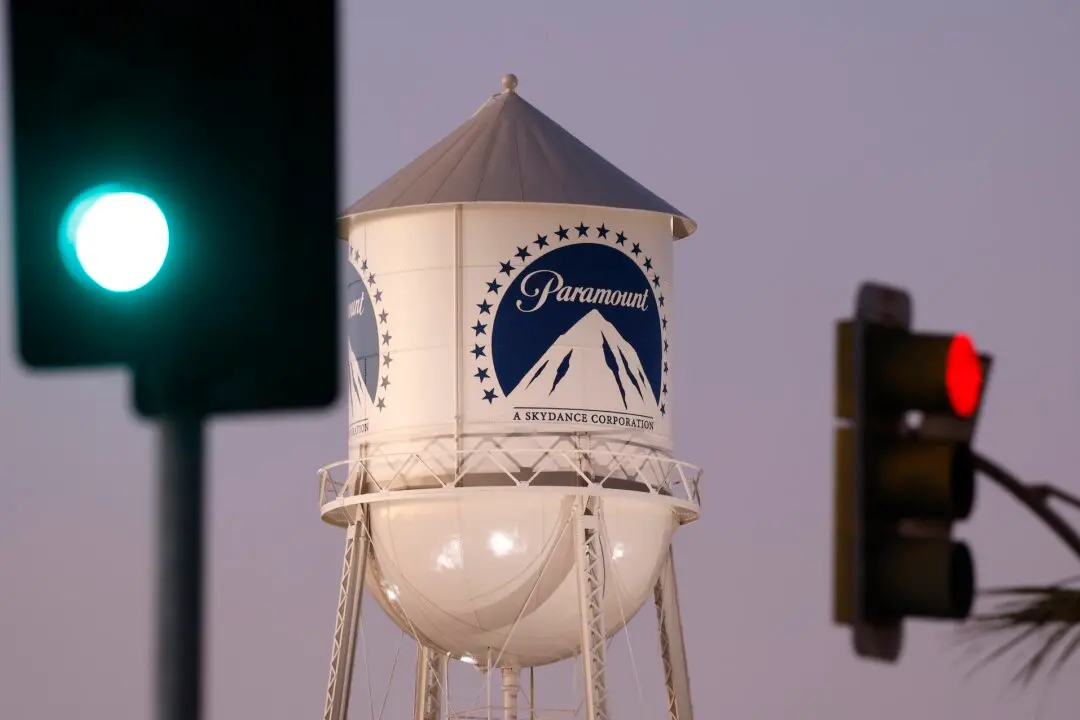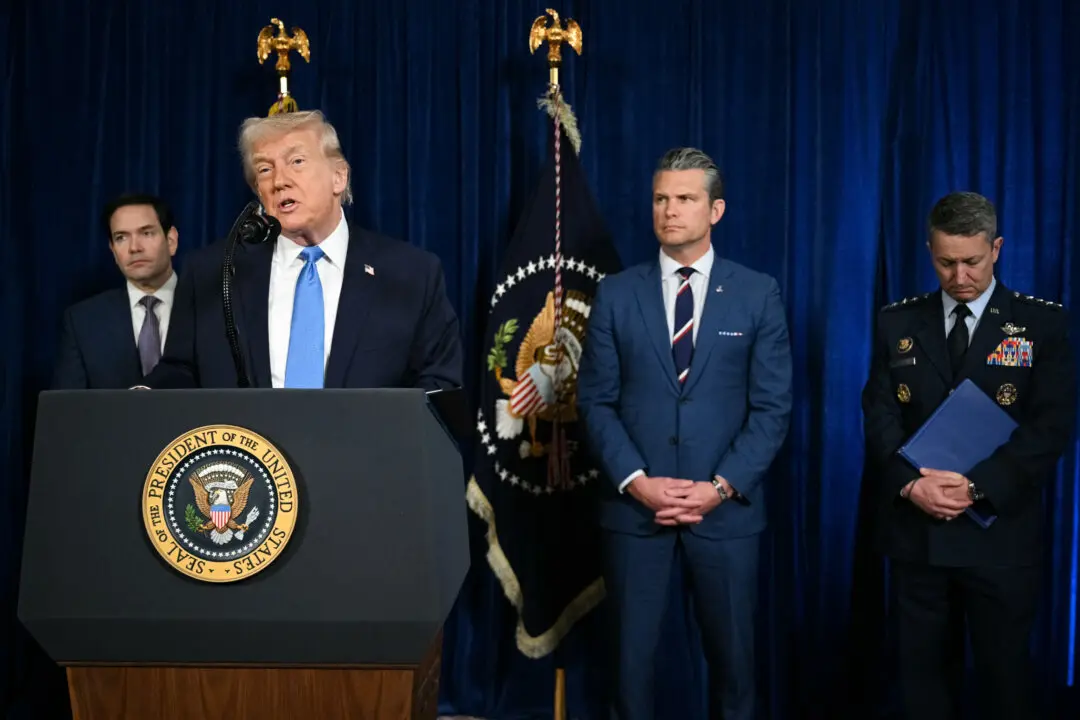The U.S. State Department has been warning Americans to avoid traveling to parts of Mexico due to threats like violent crime and being kidnapped for ransom, with the advisories coming into sharper focus as more people make travel plans for spring break.
In recent weeks, the State Department’s Bureau of Consular Affairs has issued a series of security alerts, ranging from reports of gunfire and roadblocks in multiple cities in Sinaloa to warning tourists against taking app-based transportation services like Uber in the state of Quintana Roo.





